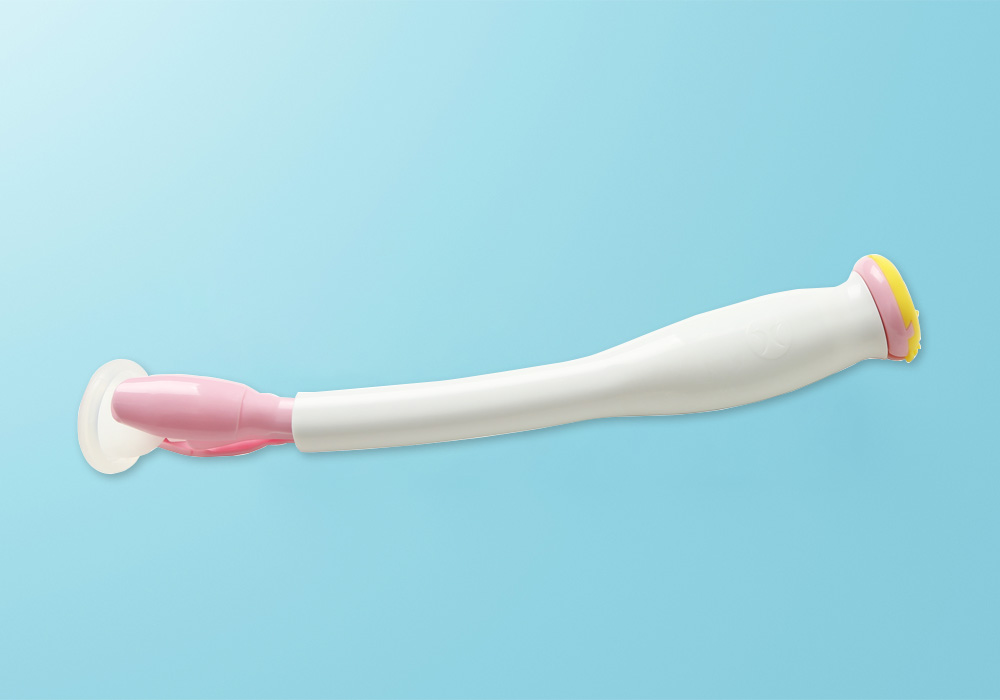A brief introduction to disposable semen delivery devices
source:English website | Release time:2025年03月10日1. Main purpose
Assisted artificial insemination: By artificially delivering optimized semen to the female reproductive tract (such as the vagina, cervix, or uterine cavity), it is suitable for men with oligospermia, asthenozoospermia, sexual dysfunction, or infertility caused by cervical factors in women.
Disposable design: avoids cross infection, discards immediately after use, meets medical sterile standards.
2. Structure and type
Basic structure: Composed of a collection container (for collecting semen) and a delivery catheter (a slender hose with a soft end), some products include a filtering device.
Type: divided into simple type (similar to syringes, suitable for families or clinics) and professional type (with precision components for medical institutions).
3. Key points of operation
Semen collection: Collect semen into a container through masturbation or other methods.
Filtering optimization: Remove impurities and screen sperm with high vitality (some products come with filtering function, or require laboratory processing).
Correct delivery: Slowly push semen through a catheter to a certain position in the reproductive tract, and after surgery, women need to lie flat for a moment to improve the fertility rate.
4. Precautions
Aseptic operation is required: The product is packaged in disposable sterile packaging. Before use, check the integrity of the packaging and clean the operation (gloves are recommended).
Medical guidance priority: It is not recommended to use it on your own, and the indications need to be evaluated by a doctor (such as female fallopian tube patency) to avoid infection or injury caused by improper operation.
Compliance: Belonging to medical devices, it requires national approval and must be purchased from formal channels (such as hospitals or qualified institutions).
5. Differences from other assisted reproductive technologies
Compared to in vitro fertilization (IVF), artificial insemination is simpler and more cost-effective, but it is suitable for mild to moderate infertility problems; IVF requires in vitro fertilization and is suitable for complex infertility conditions such as blocked fallopian tubes and azoospermia.
6. Summary
A disposable semen transporter is a convenient tool for assisted reproduction, with the core advantages of relatively simple operation and low cost, but it needs to be used under professional guidance to ensure safety and effectiveness. If there is a need for fertility, it is recommended to consult a reproductive health doctor first and choose a suitable fertility plan.

 English
English
 18915600208
18915600208
 微信号:
微信号:




 Suzhou Weimeng Medical Equipment Co., Ltd
Suzhou Weimeng Medical Equipment Co., Ltd
 Our service hotline:0512-51316666,18915600208
Our service hotline:0512-51316666,18915600208
 Company address: Building 7, A3, No. 2 Jianye Road, Changfu Street, Changshu City, Jiangsu Province
Company address: Building 7, A3, No. 2 Jianye Road, Changfu Street, Changshu City, Jiangsu Province
 Contact email: ronghui@villmen.com
Contact email: ronghui@villmen.com

 WeChat
WeChat
 Contact
Contact
 Telephone
Telephone